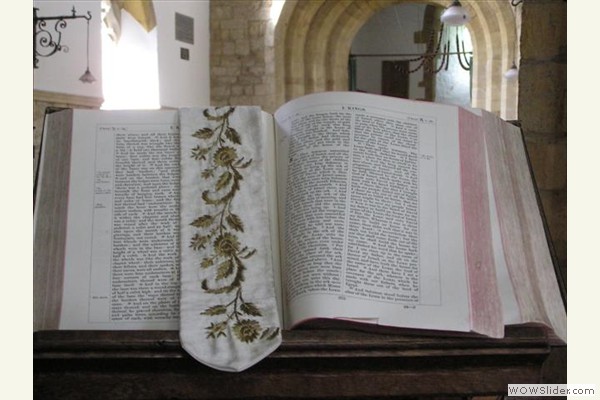
HAYDOCK CATHOLIC BIBLE COMMENTARY ON THE OLD TESTAMENT
INTRODUCTION.
Ezechiel, whose name signifies the strength of God, was of the priestly race, and of the number of the captives that were carried away to Babylon with king Joachin. He was contemporary with Jeremias, and prophesied to the same effect in Babylon as Jeremias did in Jerusalem; and is said to have ended his days in like manner, by martyrdom. Ch. --- He strove to comfort the captives, who began to repine that they had listened too readily to Jeremias, exhorting them to submit to the king of Babylon. Some think that part of his prophecies is lost, as Josephus mentions two books: but the nine last chapters, regarding the new city and temple, might form the second division. The Jews hesitated whether to allow his works to be canonical, as they seemed to differ from Moses, and from the dimensions given of Solomon's temple. But the same God might surely suggest some improvements, and the morality of the prophet is most excellent. C. --- His style may be compared to that of Homer (Grot.) and Alcæus. Many have thought that (C.) Pythagoras was his disciple; (Eus. præp. xiii.) yet the latter seems to have lived after the prophet, who was led into captivity with Jechonias, A. 3410, and prophesied for twenty years. He dates from this period, (C.) and from the renewal of the covenant under Josias, (C. i. 1. H.) when the captivity was first announced. W. --- The Jews allowed none to read the first and the nine (H.) last chapters, nor the beginning of Gen. nor the Cant. before they were thirty years old; and they never attempted to explain the vision nor the building of the temple, supposing it to be above the power of man. St. Jerom.
Copyright ©1999-2023 Wildfire Fellowship, Inc all rights reserved

 Keep Site Running
Keep Site Running